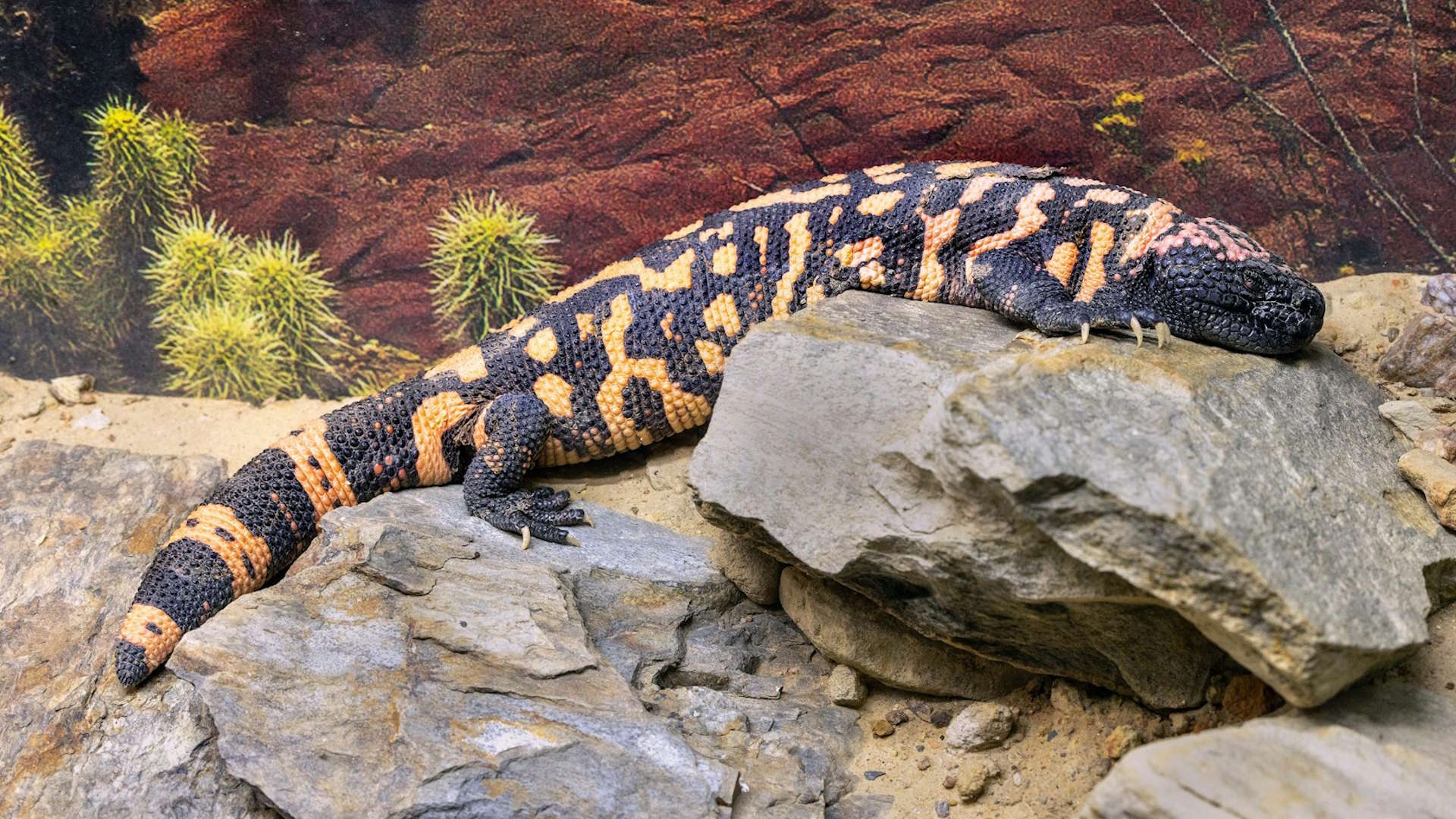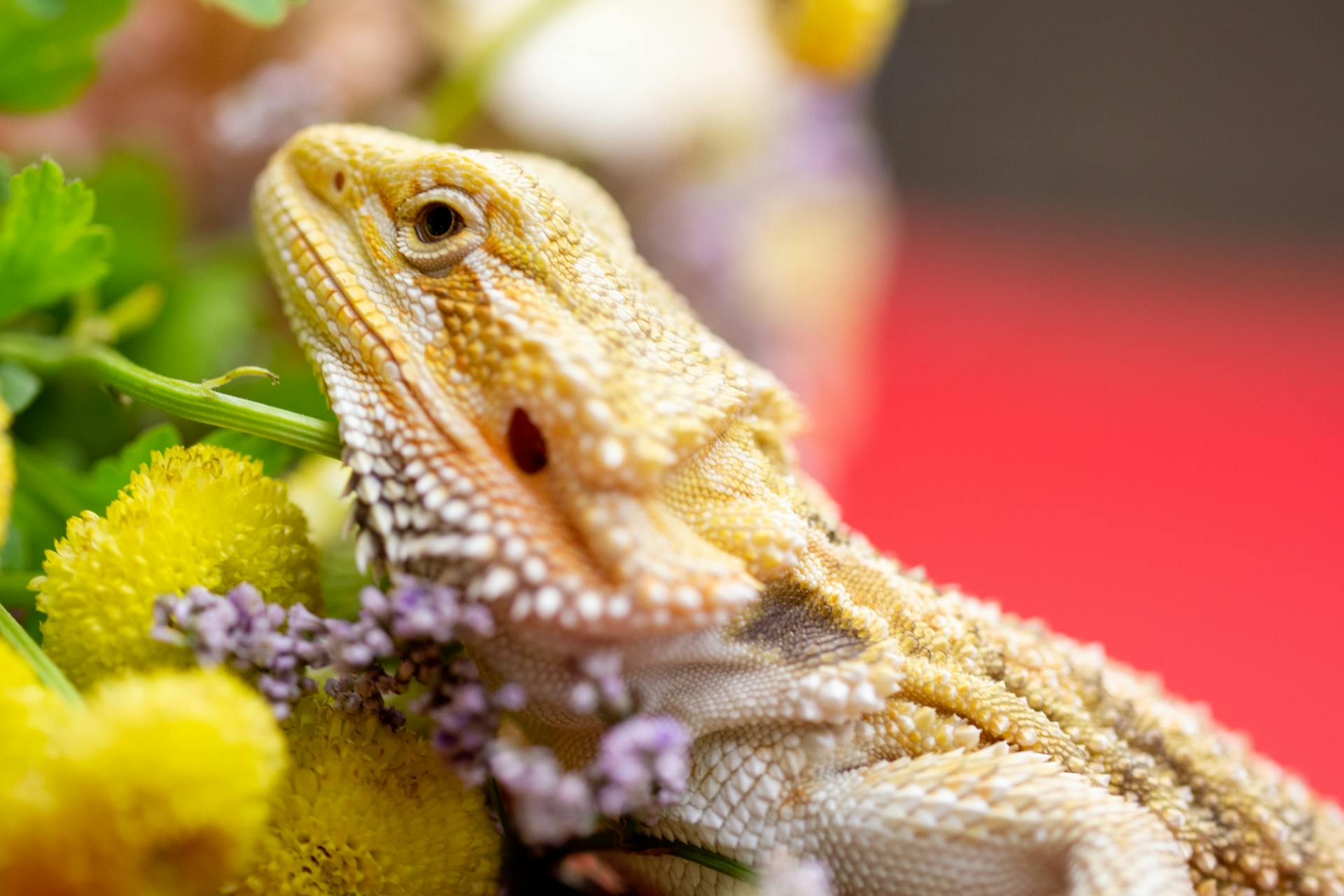Exotic reptiles have captivated human imagination for generations with their prehistoric appearance, unique behaviors, and often vibrant colors.
Whether you’re a new reptile keeper or an experienced herpetologist, understanding how to properly handle these sensitive creatures is crucial for their well-being.
Unlike traditional pets like cats and dogs that have evolved alongside humans for thousands of years, most reptiles remain wild at heart. Their stress responses can be subtle yet profound, affecting everything from their immune function to feeding behaviors.
This guide aims to provide comprehensive knowledge on minimizing stress while handling exotic reptiles, ensuring these fascinating animals remain healthy and calm in human care.
Understanding Reptile Stress Responses
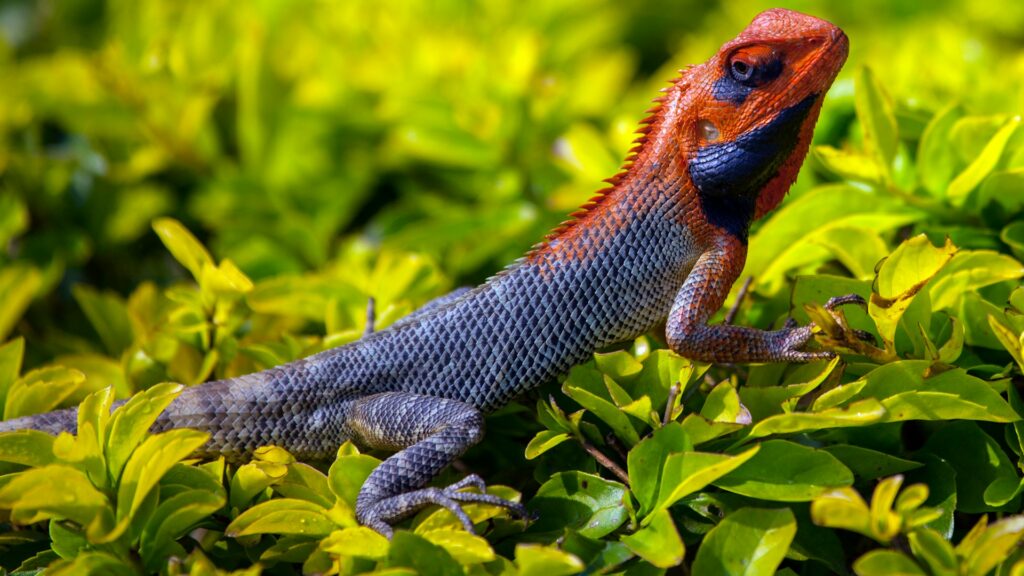
Reptiles communicate stress very differently from mammals, making it essential to recognize their unique indicators. Many species will display defensive posturing, color changes, rapid breathing, or freezing behaviors when feeling threatened.
Unlike mammals, reptiles don’t produce cortisol but experience physiological changes through corticosterone, their primary stress hormone.
Chronic elevation of this hormone can suppress immune function, reduce reproductive capability, and lead to long-term health complications.
Learning to read these sometimes subtle signals is your first step toward building trust with your scaly companion and ensuring interactions remain positive experiences for both of you.
Creating the Right Environment Before Handling
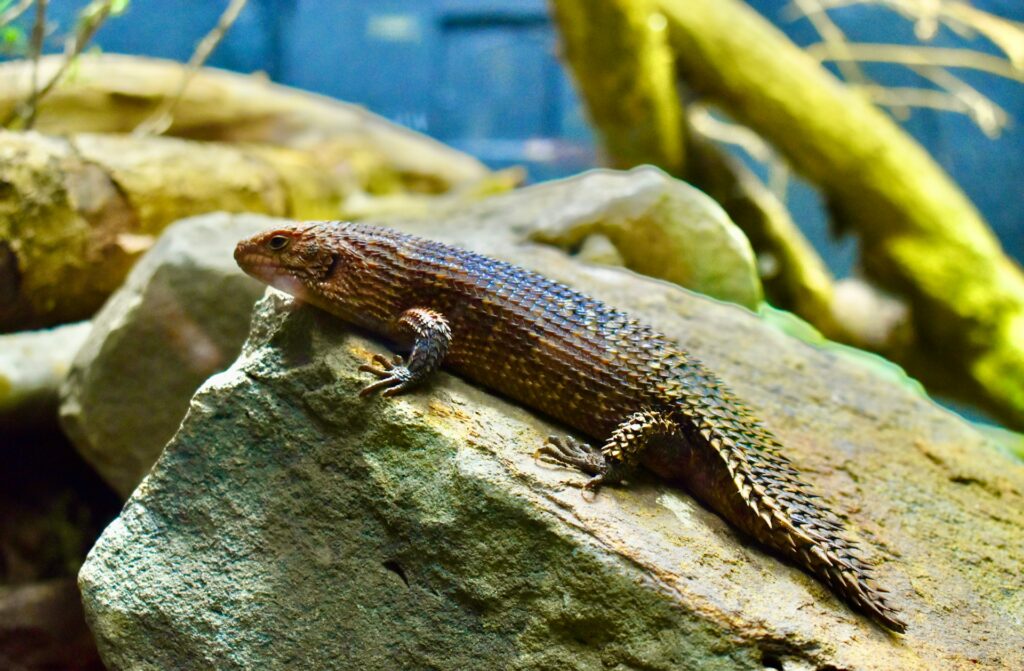
The foundation of stress-free handling begins with creating an appropriate environment that meets the reptile’s needs. A properly set up enclosure with accurate temperature gradients, appropriate humidity levels, and adequate hiding spots allows reptiles to regulate their stress naturally.
Ensure the enclosure is placed in a low-traffic area where the animal isn’t constantly exposed to movement, noise, and vibrations that can increase baseline anxiety.
Give new reptiles at least two weeks to acclimate to their environment before attempting any handling, as this adjustment period is crucial for reducing initial stress.
Remember that an animal that feels secure in its primary habitat will generally be more receptive to handling sessions outside of it.
Timing Your Handling Sessions Appropriately
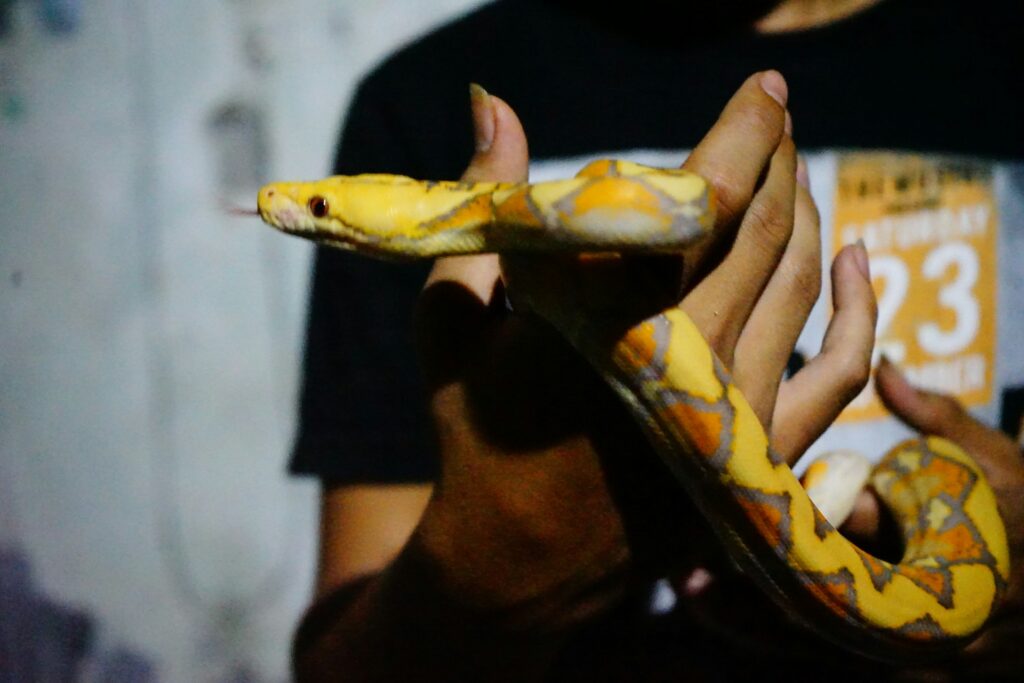
The timing of handling sessions plays a critical role in minimizing stress for exotic reptiles. Most reptiles should not be handled immediately after eating, as this can disrupt digestion and potentially cause regurgitation, which is particularly dangerous for snakes.
Avoid handling during shedding periods when reptiles feel vulnerable and may have compromised vision due to the buildup of fluid between old and new skin layers.
For diurnal species, mid-morning handling typically works best when they’re naturally alert but not yet at peak activity levels that might make them restless.
Nocturnal species should generally be handled in the early evening when they’re beginning their active phase but aren’t yet fully engaged in hunting or exploration behaviors.
Proper Hand Washing and Temperature Preparation
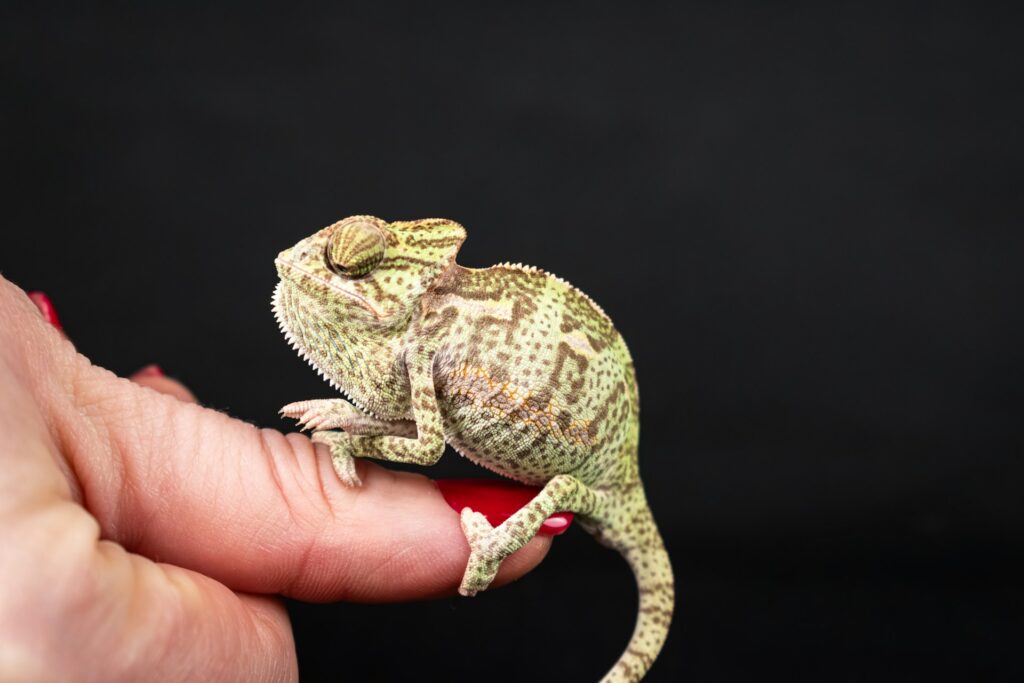
Before handling any reptile, thorough hand washing is essential not only for hygiene purposes but also to remove potentially irritating scents. Soaps, lotions, perfumes, or residue from handling other animals can be distressing or confusing to reptiles with their sensitive olfactory systems.
Warm your hands before handling, as cold hands can trigger a stress response in these ectothermic animals that rely on environmental heat.
For particularly temperature-sensitive species like chameleons, you might consider briefly warming your hands with a heat pack before interaction.
Additionally, avoid using hand sanitizers immediately before handling, as the alcohol can be irritating to reptile skin and potentially harmful if the animal licks your hands.
Species-Specific Handling Techniques
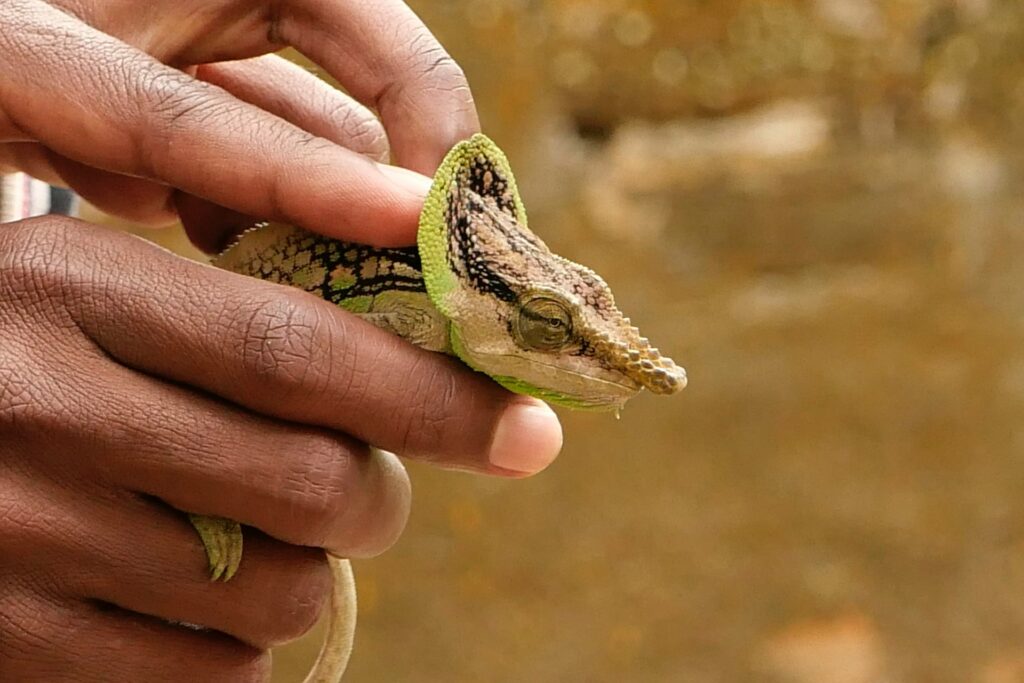
Different reptile species require specialized handling approaches based on their natural behaviors and physical characteristics. Arboreal species like many gecko species and chameleons should be handled with an open palm, allowing them to walk onto your hand rather than being grasped.
Large constrictors require support along their entire body length, often involving multiple handlers for specimens over six feet.
Small, fragile lizards like anoles or juvenile bearded dragons should be gently scooped from below rather than grabbed from above, which mimics predator attacks.
Turtles and tortoises should be supported from underneath their shell, never held by their limbs or tail, which can cause injury and extreme stress.
Understanding and respecting these species-specific needs dramatically reduces handling stress and builds trust with your reptilian companion.
The Proper Support Technique
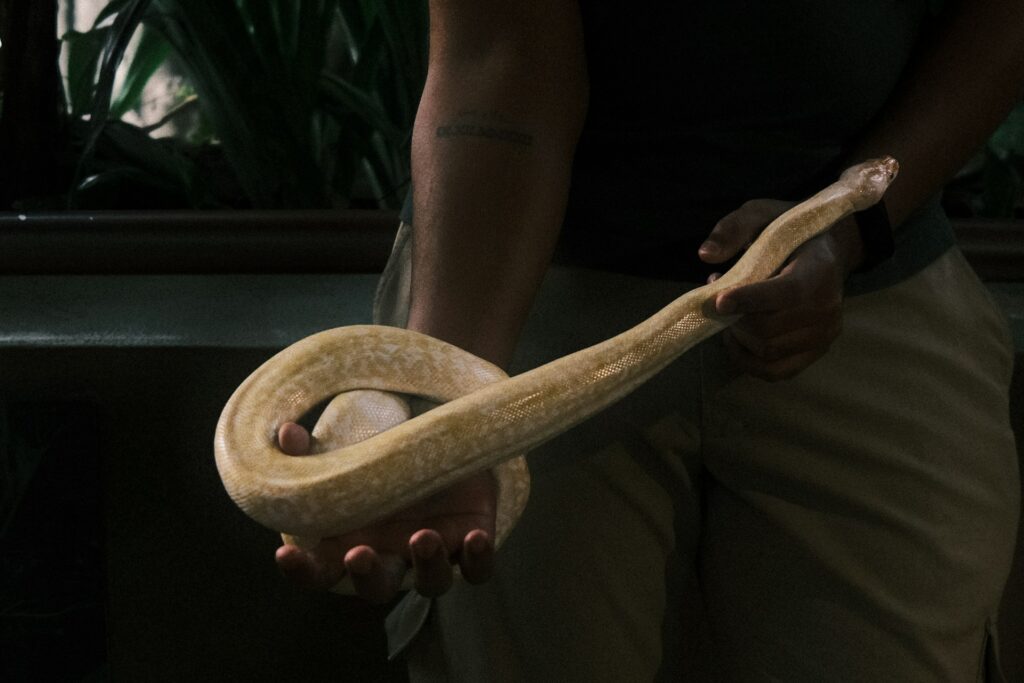
Providing adequate physical support is perhaps the most crucial aspect of stress-free reptile handling. Most reptiles feel secure when their entire body is supported, eliminating the sensation of falling, which triggers intense fear responses.
For snakes, this means supporting at least 70% of their body length, with particular attention to their heaviest portions. Lizards should generally be supported under their chest and hindquarters, allowing their feet to grip your hand or arm naturally.
For larger monitor lizards or iguanas, support under the pelvis and chest while allowing the tail to drape naturally provides the most security.
Never dangle a reptile by its tail or limbs, as this not only causes physical strain but can trigger panic responses that make handling dangerous for both handler and animal.
Reading Body Language During Handling

Developing the ability to interpret reptile body language during handling sessions is essential for knowing when to continue and when to stop. Rapid breathing, muscle tensing, attempting to flee, gaping mouths, or tail whipping are clear signs of stress that indicate the session should end.
More subtle signs include darkening of color (in species capable of color change), head hiding, closed eyes, or freezing completely still.
Positive indicators that a reptile is comfortable include slow, deliberate movements, relaxed muscle tone, curious tongue flicking, and in some species like bearded dragons, a relaxed beard.
By consistently respecting these communications and ending sessions when stress signals appear, you gradually build trust and may find handling tolerance improving over time.
Duration and Frequency Considerations
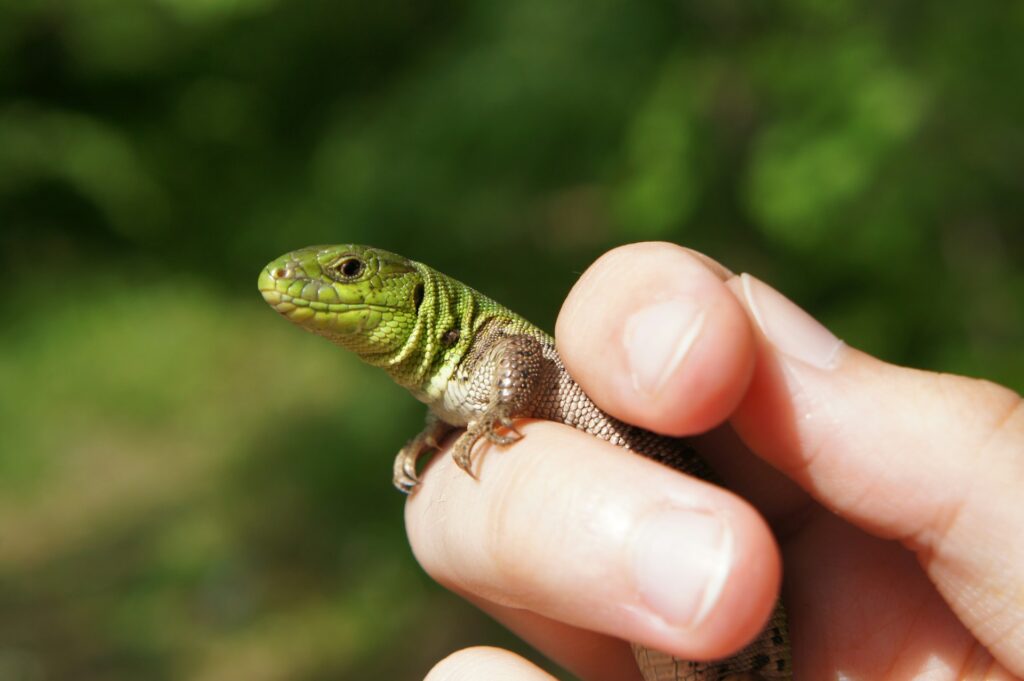
Even the most habituated reptiles benefit from moderation in handling duration and frequency. For most species, handling sessions should start at just 5-10 minutes and gradually increase based on the individual animal’s tolerance.
Most exotic reptiles should not be handled more than 2-3 times weekly, with at least one day between sessions to allow recovery from the physiological stress response.
Monitor species and some larger snakes may tolerate more frequent interaction, while sensitive species like chameleons may need weeks between handling events.
Always prioritize the animal’s apparent comfort level over your desire for interaction, remembering that some individuals may never become comfortable with extensive handling regardless of your patience and technique.
Creating a Safe Handling Environment
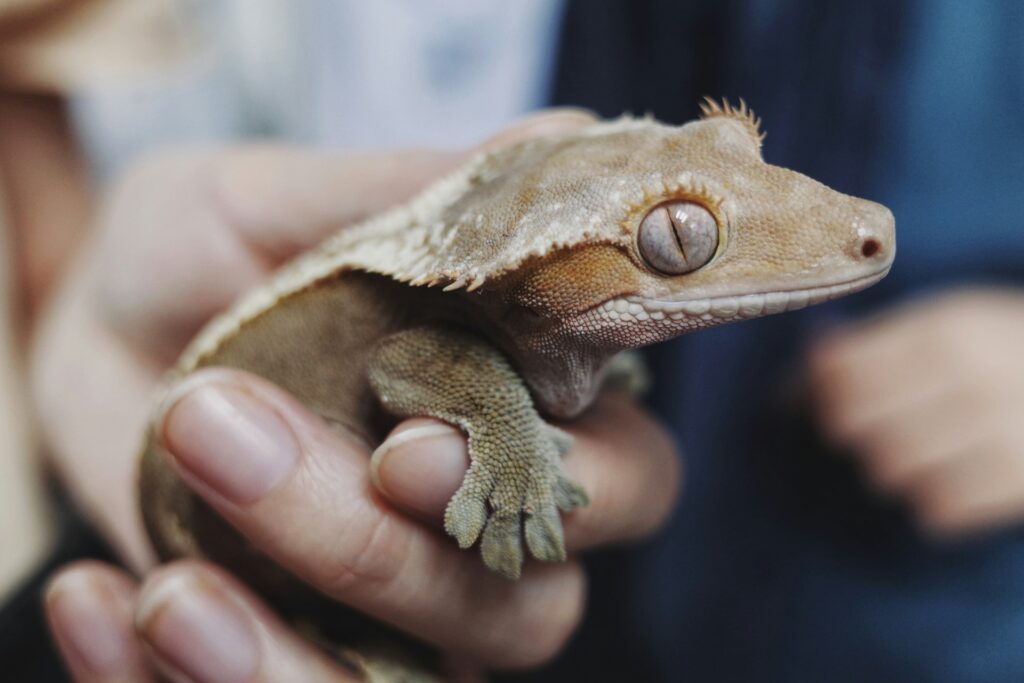
The physical environment where handling takes place significantly impacts a reptile’s stress levels. Choose a quiet room without sudden noises, other pets, or excessive foot traffic that could startle your reptile.
Ensure all doors and windows are secured before handling to prevent escapes, which can be fatal for tropical species in non-native climates.
Remove potential hazards like electrical cords, toxic plants, or small objects that could be ingested accidentally during exploration.
The ambient temperature should be appropriately warm for the species being handled, as cold rooms can rapidly chill a reptile and trigger survival-mode responses.
Having a small heating pad or warm surface nearby provides a safe retreat if your reptile begins showing signs of getting too cool during handling.
Handling Juveniles vs. Adults
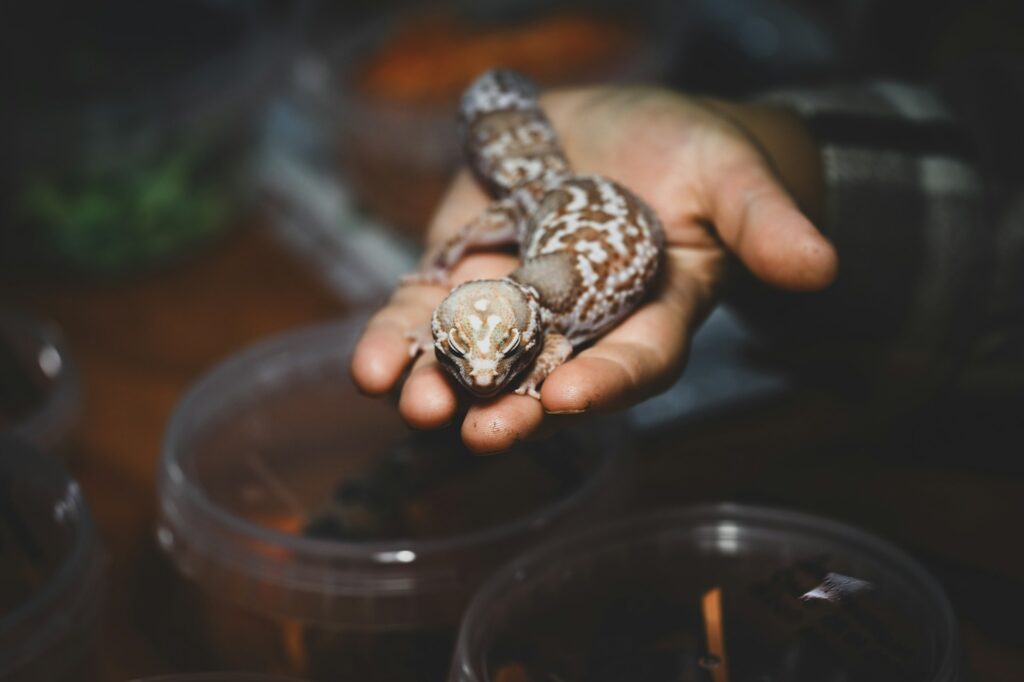
Age-appropriate handling techniques differ substantially between juvenile and adult reptiles of the same species. Juvenile reptiles are typically more fragile, requiring gentler handling with minimal pressure or restraint.
Their stress responses may be more pronounced as their natural survival instinct is heightened during vulnerable growth stages. Young reptiles generally benefit from shorter, more frequent handling sessions to build tolerance gradually as they mature.
Adult reptiles, while physically more robust, may have established defensive behaviors if not previously socialized, requiring more patience and consistent approach techniques.
With both age groups, remember that regular, positive handling experiences during their first year often determine their lifelong tolerance for human interaction.
Using Handling Tools Properly
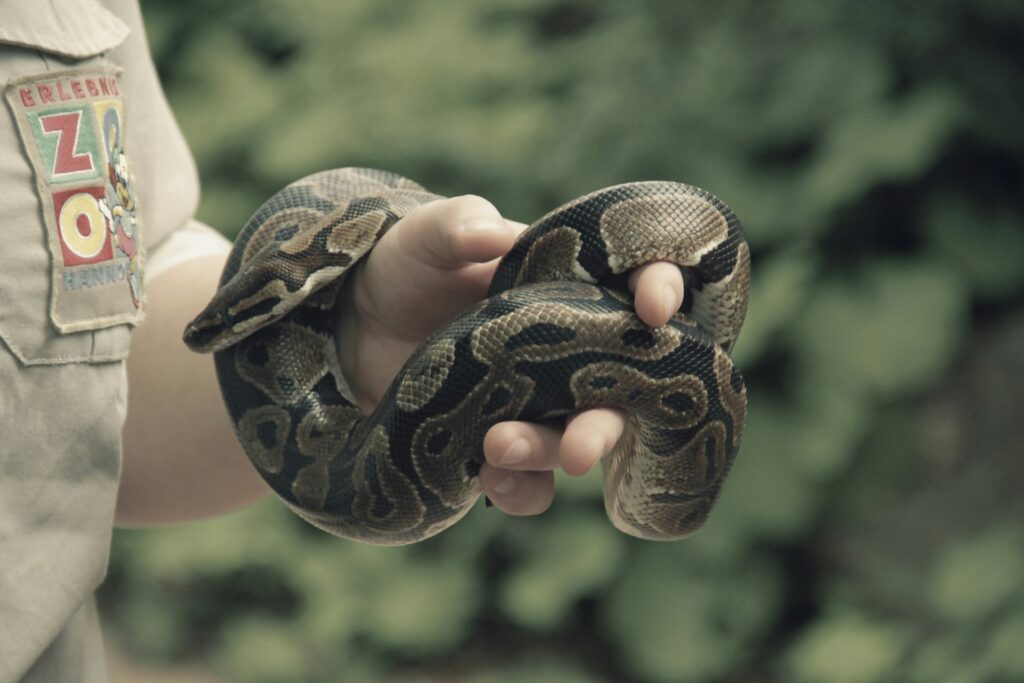
For certain species or situations, specialized handling tools may be necessary to minimize stress and ensure safety. Snake hooks can gently guide defensive snakes without triggering strike responses that direct hand movements might provoke.
Soft-tipped tongs can assist with moving small, fast lizards without chasing or grabbing them directly. Cloth bags or towels may help with transferring more defensive species like monitor lizards or certain geckos.
When using any tool, movements should be slow, deliberate, and gentle to avoid startling the animal. Never use tools as restraints or to pin animals down, as this dramatically increases stress and can cause physical injury.
The goal of handling tools should always be to facilitate a transition to gentle, direct handling or to safely move an animal that cannot be handled directly.
Handling During Health Concerns
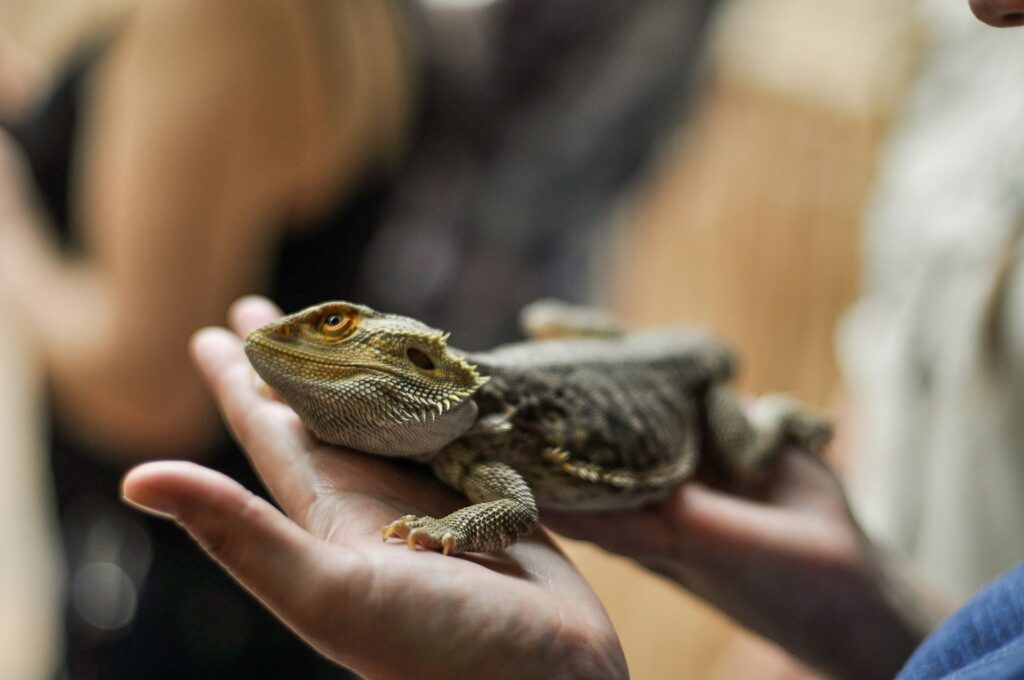
Special consideration must be given to handling reptiles during illness, injury, or recovery periods. Minimize handling of sick reptiles to essential health checks and treatments, as their immune system is already compromised.
Use extra support techniques for injured animals, ensuring no pressure is placed on affected areas.
After veterinary procedures, allow at least 24-48 hours of complete rest before any non-essential handling to permit recovery from both the procedure and the stress of the veterinary visit.
When handling is necessary for medication administration, use the minimum restraint required for the shortest possible time, speaking softly and moving deliberately to reduce additional stress.
Remember that a reptile’s natural response to illness is to hide and remain still; forcing interaction during these periods goes against their instinctual needs and can worsen their condition.
Training Reptiles for Handling Tolerance
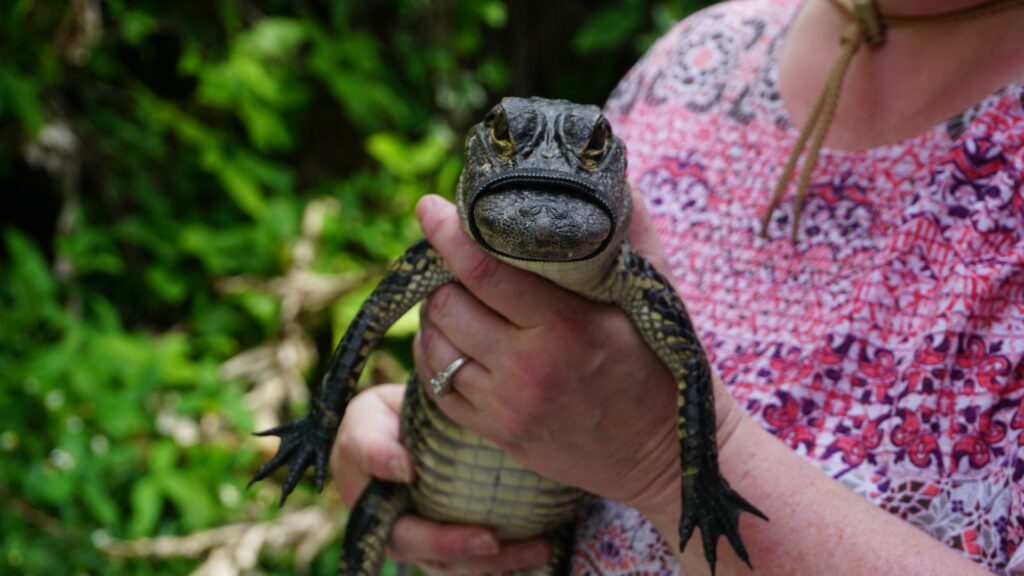
While not true training in the mammalian sense, reptiles can become conditioned to associate handling with positive or neutral experiences through consistent approach techniques.
Begin conditioning by simply placing your hand in the enclosure without attempting to touch the animal, allowing it to become familiar with your scent and presence.
Gradually progress to brief touch contacts followed by immediate food rewards for species that are food-motivated. For less food-driven species, associate handling with access to enrichment opportunities like supervised exploration in safe areas.
Use target training with some of the more intelligent species, like monitor lizards and tegus, teaching them to voluntarily approach your hand for gentle contact.
This conditioning approach takes significantly longer than with mammals but creates a foundation of trust that minimizes stress during necessary handling.
Conclusion
Handling exotic reptiles properly requires a combination of species knowledge, careful technique, and respect for the animal’s natural behaviors and stress signals.
By prioritizing the reptile’s comfort over our desire for interaction, we create positive experiences that can gradually build tolerance and even acceptance of handling.
Remember that each reptile is an individual with unique temperament and preferences—what works for one specimen may not work for another, even within the same species.
The most successful reptile keepers develop patience and observation skills, learning to read the subtle communications their scaly companions provide.
Through proper handling techniques that minimize stress, we not only ensure better health for our exotic reptiles but also develop deeper connections with these fascinating evolutionary survivors.


